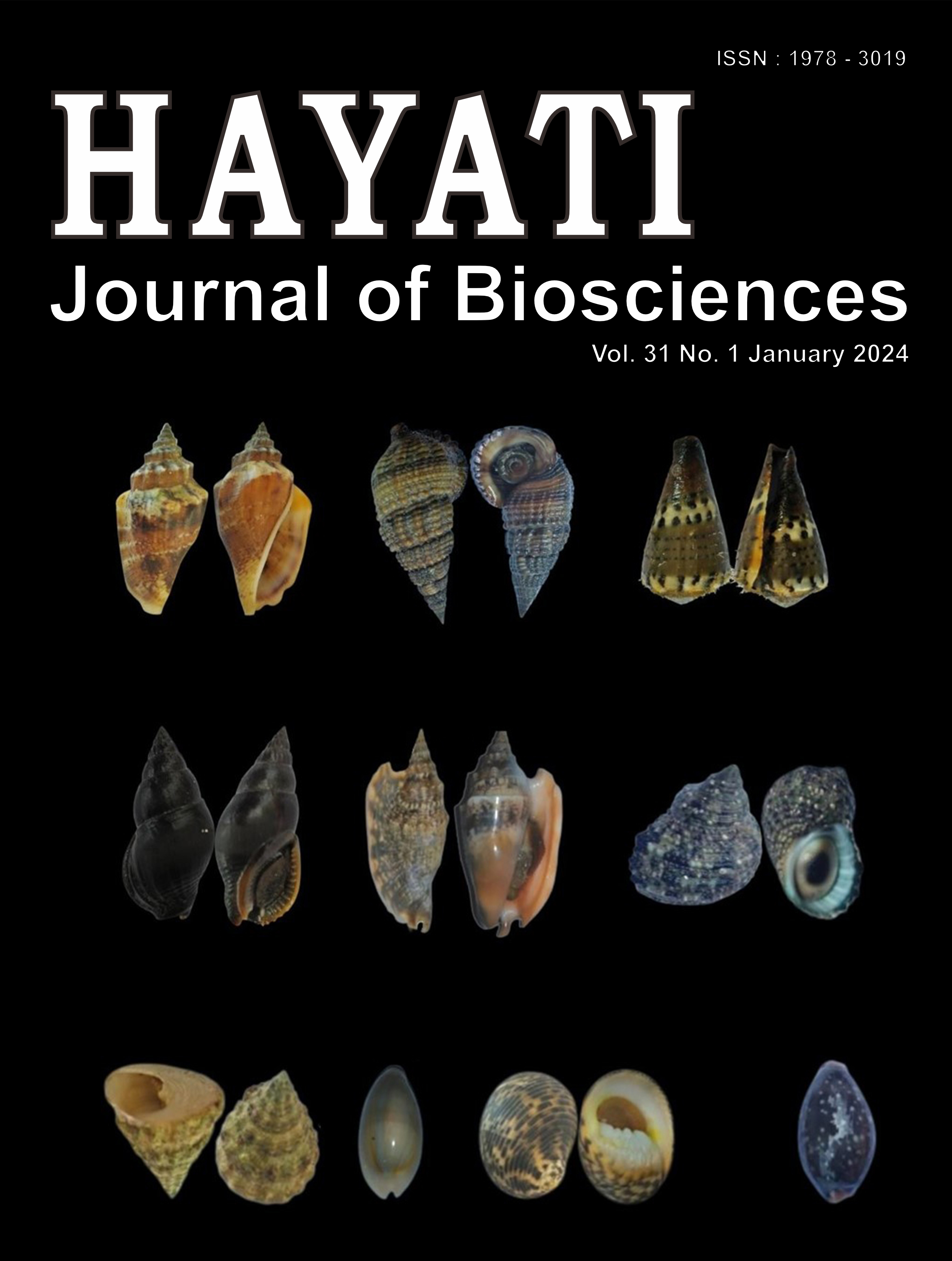Antioxidative Parameters Improvements on Nutritional Approach: A Study on Hypoxic Multiple Organs of Sprague-Dawley
Abstract
In various organs, such as the heart, kidneys, and colon, hypoxia enhances the generation of reactive oxygen species (ROS). However, the effects of reoxygenation, as occurs in intermittent hypoxia (IH) to achieve full recovery of hypoxic organs, are not yet clear. The acclimatization response can boost blood oxygen transport capacity, while hypoxia ROS can impact erythrocytes and plasma behavior, resulting in poor peripheral blood flow. This study aimed to study the antioxidant impact of puree Ficus carica (PFC) in rats with IH-induced oxidative stress. Twenty-nine Sprague-Dawley rats were randomly divided into five groups: group N (control, untreated and not exposed to IH, and Group HC was exposed to hypoxia and received distilled water. Group HPF-6.25, HPF-12.5, and HPF-25 (n = 6) received PFC with doses 6.25; 12.5; and 25 ml/kg/d, respectively for 4 weeks before IH exposure. At the end of 4 weeks, all animals except controls were exposed to IH (10% O2 and 90% N2; 4 hours/day for one week). Hematological parameters were measured with several oxidative stress indicators. Hypoxic rats exhibited substantially higher hemoglobin, hematocrit, and mean corpuscular hemoglobin concentrations. All groups exposed to IH showed increased malondialdehyde (MDA) and decreased superoxide dismutase (SOD) activity in the heart, kidneys, and colon. The increasing MDA and decreasing SOD compared to controls and pre-treatment using PFC had a dose-dependent protective effect on the heart, kidneys, and colon.
Downloads
Copyright (c) 2023 Andreanyta Meliala, Paramita Narwidina, Yogi Tri Sumarno

This work is licensed under a Creative Commons Attribution-NonCommercial 4.0 International License.
HAYATI J Biosci is an open access journal and the article's license is CC-BY-NC. This license lets others distribute, remix, tweak, and build upon author's work, as long as they credit the original creation. Authors retain copyright and grant the journal/publisher non exclusive publishing rights with the work simultaneously licensed under a https://creativecommons.org/

























.png) IPB University
IPB University Department of Biology
Department of Biology The Indonesian Biological Society
The Indonesian Biological Society 

